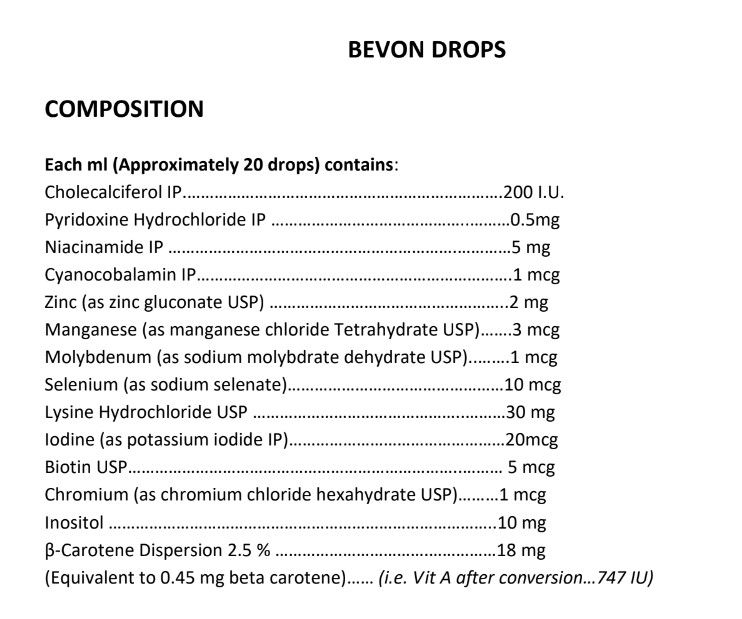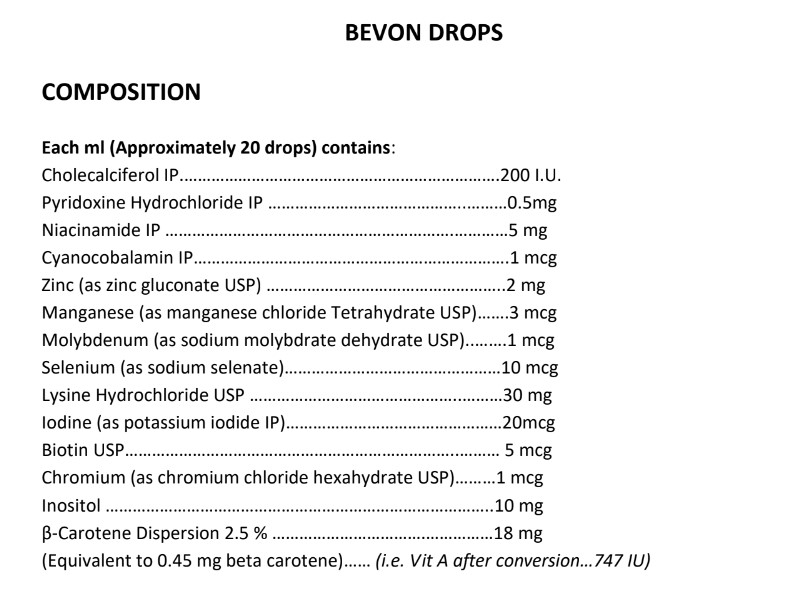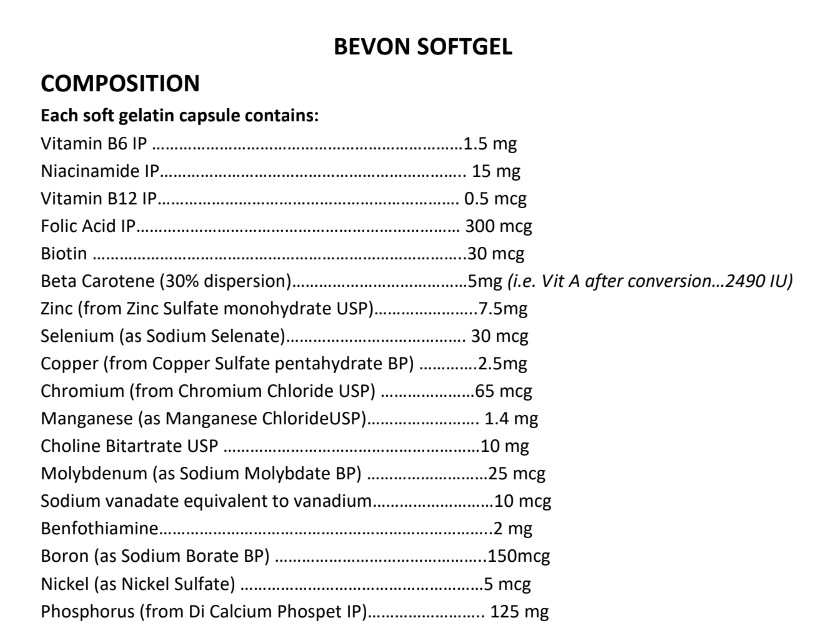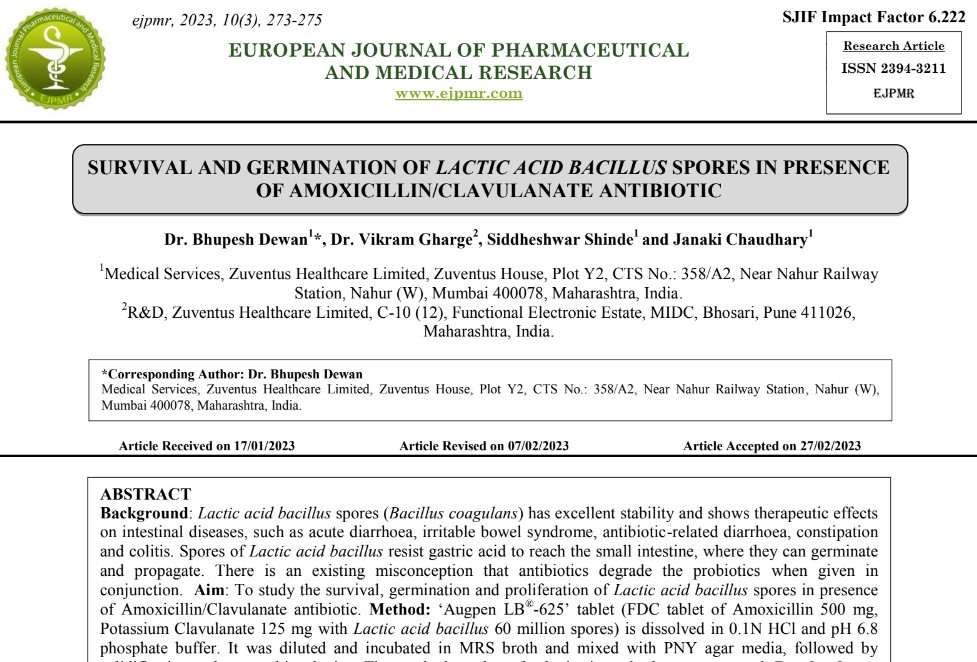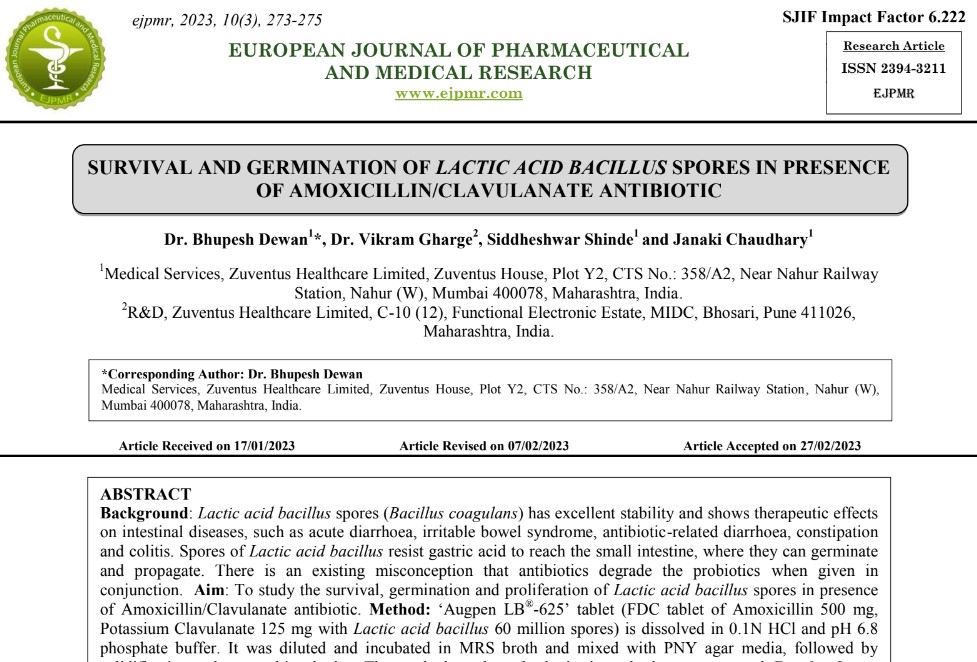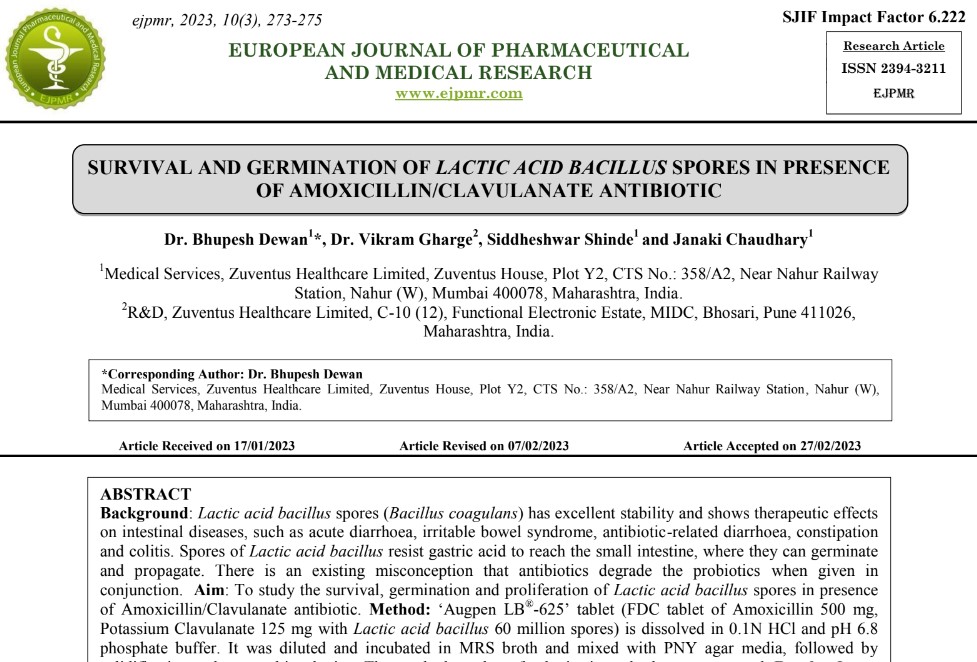Challenges in the management of EPI (Exocrine Pancreatic Insufficiency) coexisting with Diabetes
Mumbai
Start Date: Jan 11, 2024 - 19:31
End Date: Jan 11, 2024 - 20:31
Challenges in the management of EPI (Exocrine Pancreatic Insufficiency) coexisting with Diabetes
Newer CCBs - Better Renoprotection
Mumbai
Start Date: Jan 15, 2024 - 21:07
End Date: Jan 15, 2024 - 22:07
Newer CCBs - Better Renoprotection

